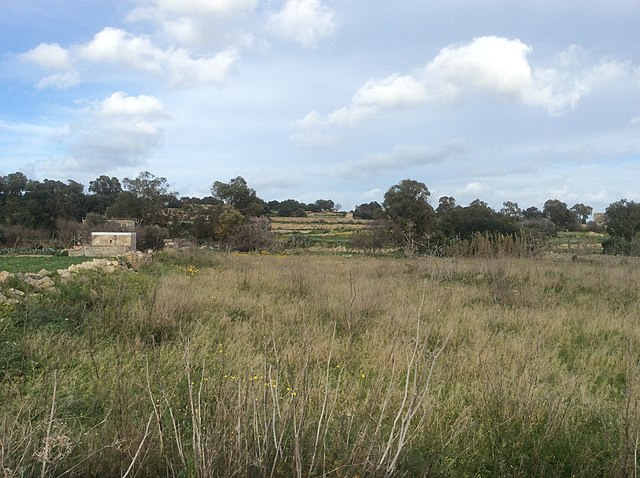Marsaxlokk is a small, traditional fishing village in the South Eastern Region of Malta. It has a harbour, and is a tourist attraction known for its views, fishermen and history. As of March 2014, the village had a population of 3,534. The village is also known for the Marsaxlokk Market, which is mainly a large fish market which takes place along the seafront on Sundays, and a tourist market during all other days of the week. Inhabited and well-known since antiquity, Marsaxlokk was used as a port by Phoenicians, Carthaginians and also has the remains of a Roman-era harbour. Originally a part of the city of Żejtun, the fishing village became a separate parish in the late nineteenth century.

The colourful traditional Maltese fishing boats, the luzzu, one of the symbols of Malta. The painted eye on each side of the prow is an old custom believed to protect the boats from evil. Marsaxlokk is especially known for the many luzzus in its harbour. In the background can be seen the parish church of Marsaxlokk dedicated to Our Lady of the Rosary - The Madonna of Pompeii.
Marsaxlokk in 1883
Panoramic view of the Marsaxlokk harbour
Żejtun is a city in the South Eastern Region of Malta, with a population of 11,218 in the end of 2016. Żejtun is traditionally known as Città Beland, a title conferred by the grandmaster of the Order of the Knights of Malta, Ferdinand von Hompesch zu Bolheim in 1797. Before that, the village was known as Casale Santa Caterina, named after its patron saint and parish titular.
Farmland in Żejtun.
The Roman villa complex in Żejtun.
The vault of the northern semitransept of Saint Catherine's Old Church, completed in 1593.
The parish church of Saint Catherine of Alexandria, V.M., finished in 1778.







